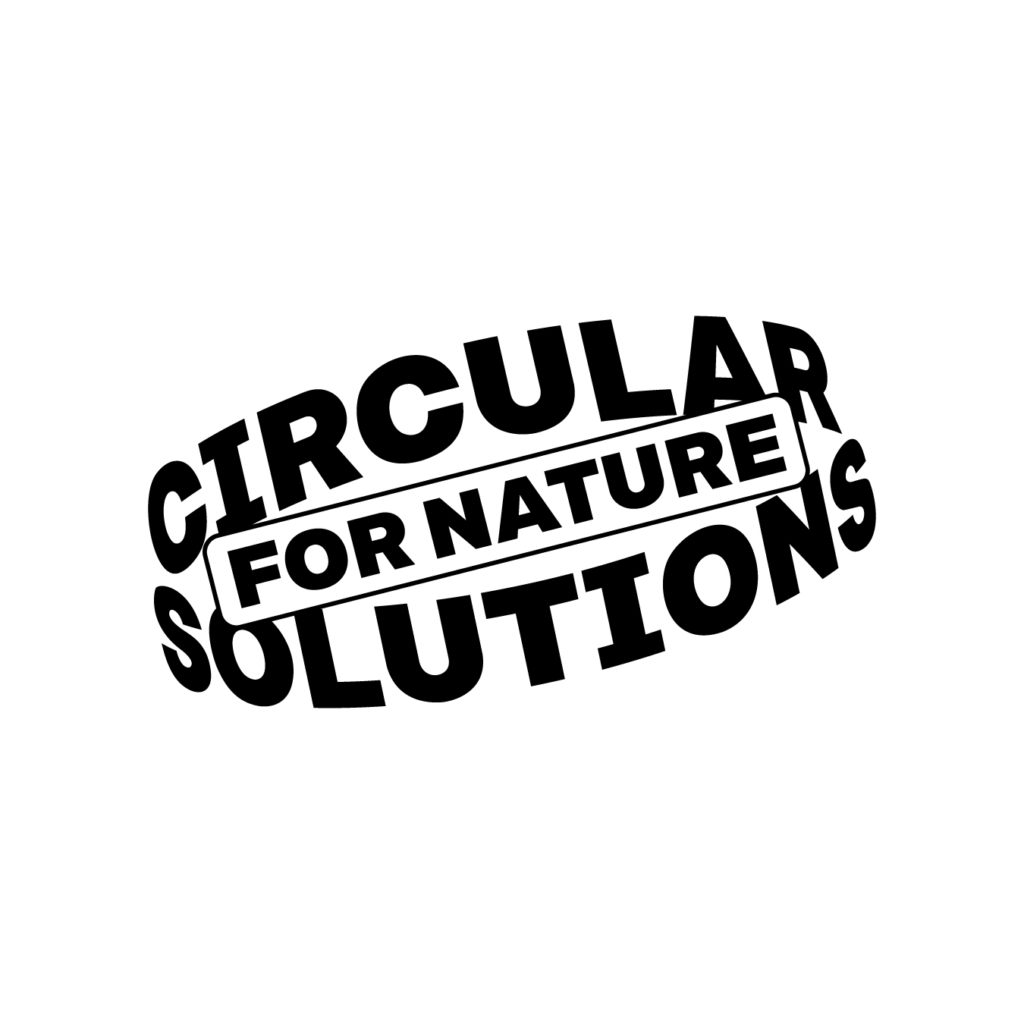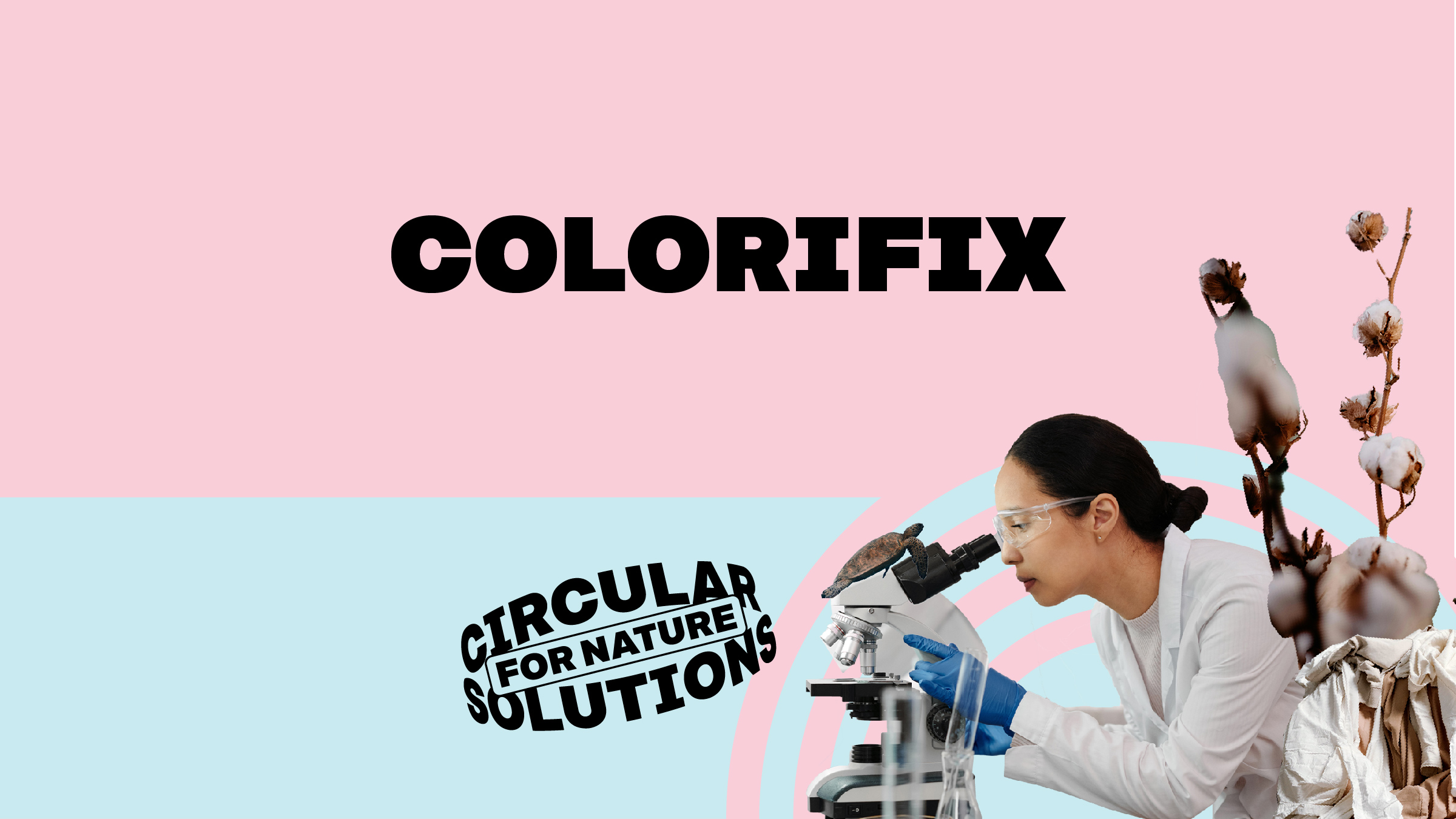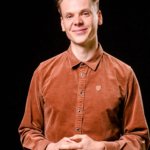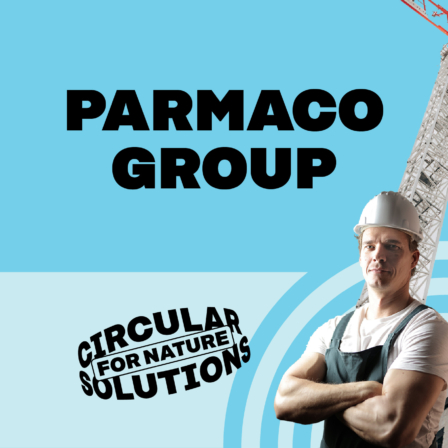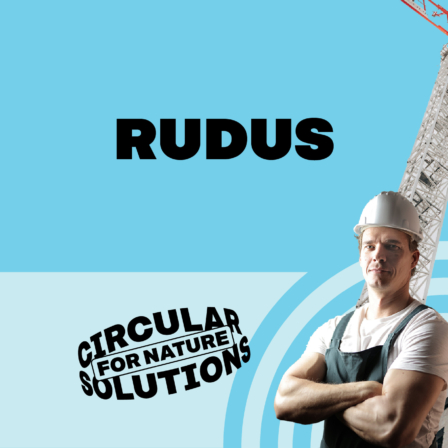Problem
Industrial textile dyeing is a highly polluting process, which can rely on as many as 70 different toxic chemicals. Reliance on chemically intensive processes results in pollution, a key driver of biodiversity loss. Often discharged into water bodies, these pollutants negatively affect aquatic ecosystems and surrounding areas. Additionally, industrial textile dyeing generates considerable greenhouse gas emissions and consumes over 5 trillion litres of water per year.
Solution
Colorifix’s biomimetic solution copies nature’s own blueprints via DNA sequencing and colour engineering in their lab facilities. Five millilitres of “engineered colour” is shipped to client mills and dye houses, where, with the support of Colorifix, pigments can be grown on site via fermentation. Through synthetic biology, Colorifix engineers pigments by replicating the colouration processes found in plants, animals, insects and microbes. The sequenced DNA is then translated into a micro-organism that continues to grow the colour via fermentation. The colour can be placed in standard dye machines, eliminating the need for additional equipment and toxic chemicals.
“At its best, a circular solution for nature is one that both begins and ends in nature. A central school of thought in the circular economy is biomimicry, which is based on insights from nature, where there is no waste, only food for other organisms.”
Riku Sinervo and Tim Forslund, Sitra
Biodiversity impacts
Colorifix’s natural dyes avoid chemical pollution and thus the cumulative effects of water pollution on aquatic ecosystems and adjacent areas. This fully biological process also requires much less rinsing, which reduces water and electricity consumption, reducing the environmental footprint. The microbes used by Colorifix grow in fermenters using renewable feedstocks, such as agricultural by-products, reducing reliance on raw materials and avoiding the need for land use for dedicated dyeing crops, such as indigo and madder.
Benefits for the company
The process is waste-free and aligns with circular economy principles using undervalued agricultural by-products in the fermentation process. As Colorifix’s microbes deposit and fix colour molecules to fibres naturally, the process reduces the need for water consumption, energy use and chemical inputs, reducing overall operational costs.
